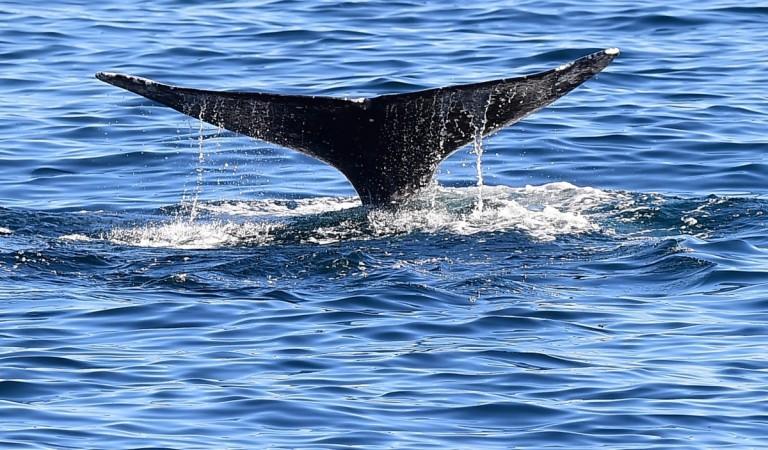
The Faroe Islands is located Iceland and Norway. And, each year, the whole village slaughters hundreds of whales to prepare for the winter months.
Images of this year's culling show the Atlantic Bay near the islands turn blood red. As many as a 100 whales were slaughtered during the annual event.
Since the sixteenth century, natives of the Faroe Islands have spent their summers herding the pilot whales to the shallow waters. The villagers kill these mammals by using a specialised tool. The weapon is reportedly inserted through the whale's neck, breaking its spinal chord. The Faroese insist that do not "hack" the whales to death, as is usually reported by the media. They add that their method kills the whales within seconds.
Why do the villagers kill the whales?
The annual whale culling is done to ensure adequate food supply in the village during the long, cold winter months. The Faroese eat the whale meat and sometimes also use the mammal's organs for fish baiting.
Conservationists and animal rights groups have been protesting the whale culling as hundreds of whales are killed each year. Also, there is no regulated quota on these killings, meaning that the number of whales that are actually killed could be much higher than the reported numbers.
The report "Small Cetaceans, Big Problems," by the Animal Welfare Institute (AWI), Pro Wildlife and Whale and Dolphin Conservation (WDC) also notes that the whale meat contains high levels of mercury and organochlorines like polychlorinated biphenyl (PCB) and dichlorodiphenyltrichloroethane (DDT), making the meat unfit for human consumption.
Sadly, the Faroe Islands is not the only place where such annual whale culling takes place.
"Most people think of Japan and the Faroe Islands when talking about dolphin hunts but, numerically, the Faroe Islands are not in the top 10 of small cetacean-killing nations and Japan is only ranked 10th. That is because Peru, Nigeria and Madagascar kill small cetaceans not only for food but also for bait, and are now among the most dangerous places on earth for these animals," said Sandra Altherr, the biologist for the Germany-based charity Pro Wildlife said.








